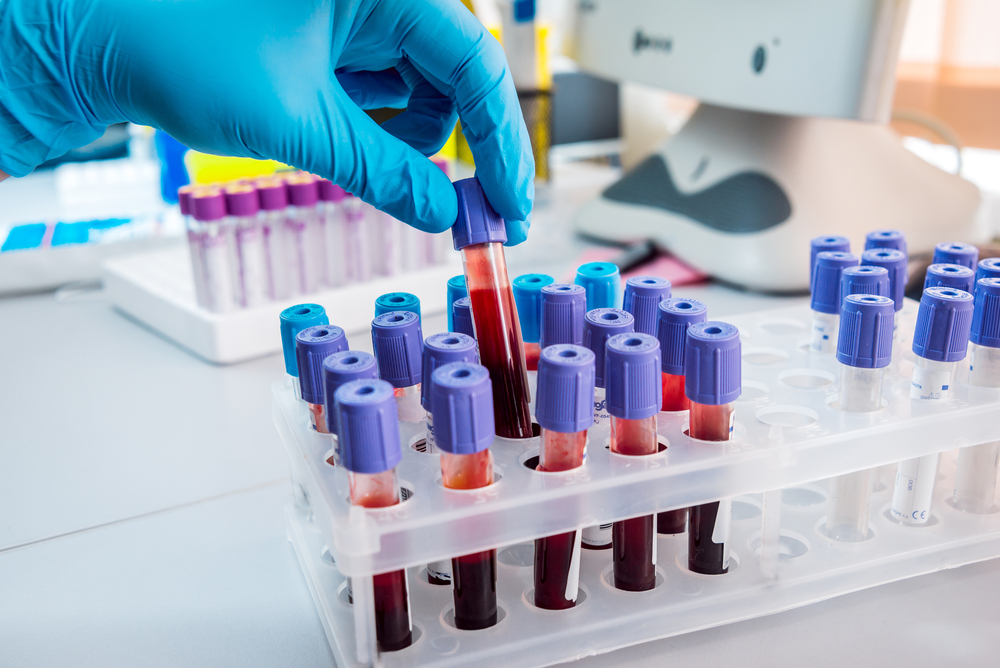
A new device, the size of a postage stamp, may improve the efficiency in which clinicians can diagnose diseases.
Shivani Sathish, a Ph.D. student at Okinawa Institute of Science and Technology (OIST) Graduate University, led a team to develop a new printing stamp made of polydimethylsiloxane—a flexible solid similar to the rubber used in everyday stamps—to create the new diagnostic tool.
The team also developed an ink solution composed of molecules containing silicon and oxide called APTES and a surface out of glass.
After a short incubation, researchers coated the stamp with the ink and pressed it onto the glass.
They then sealed over glass a microfluidic device containing one or more microchannels configured to guide fluid through specific pathways. Bioreceptors are then chemically linked to the APTES regions within the microfluidic channels.
To diagnose a patient a fluid sample is delivered through the microfluidic device attached to the glass and if the pertinent disease biomarker is present, the molecule will stick to the areas containing the bioreceptors.
Sathish said one stamp can be used to prepare an assay with the ability to immobilize a variety of different bioreceptors, allowing for multiple tests and diagnoses on a single surface.
“Depending on your bioreceptor of interest, you just have to choose the appropriate chemistry to link the molecule with the APTES,” Sathish said in a statement. “If you get your bioreceptors pre-immobilized within microfluidic devices you can then use them as diagnostic tools as and when required.
“[Eventually] instead of having a whole clinical team that processes your sample…we’re hoping that the patients can do it themselves at home,” she added.
The industry currently uses microfluidic bioassay devices to diagnose diseases, which allow clinicians to measure the concentration of disease biomarkers within a patient’s biological sample such as blood.
These devices indicate the likelihood of a disease based on a comparison of the biomarker concentration in the sample relative to the normal level. The patient’s blood is passed across a surface containing immobilized bioreceptors that allow the research to record the abundance of the biomarkers and determine whether the level is normal.
However, the efficiency of the devices relies on how intact and functional the attached bioreceptors are, making it difficult to immobilize the bioreceptors without causing damage.




